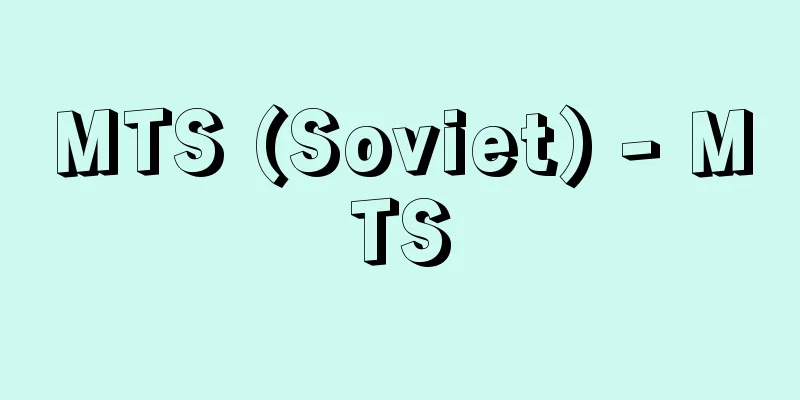Emperor Kokutoku

|
Year of death: Hakuchi 5.10.10 (654.11.24) Year of birth: Unknown. Emperor during the so-called Taika Reforms. His childhood name was Prince Karu, and his Japanese posthumous name was Tenmantoyohi Tenno. His father was Prince Kaya, grandson of Emperor Bidatsu, and his mother was Princess Kibihime, grandson of Emperor Kinmei, making him the full brother of Empress Kogyoku. He was the uncle of Nakano Oe (later Emperor Tenchi), and took his full sister Princess Majin as his empress. He had a son, Prince Arima, with Abe no Oashihime. The Nihon Shoki records that after the downfall of the main Soga clan in June 645 (the Isshi Incident), he succeeded Empress Kogyoku to the throne, established the Taika era name, moved the capital to Naniwa Nagara Toyosaki (Osaka City) in December of the same year, and issued the "Taika Reform Edict" on January 1 of the following year, but the New Book of Tang's Japan section states that "At the beginning of the Yonghui era, King Kotoku ascended to the throne and the era name was changed to Hakuchi" (the first year of the Yonghui era corresponds to 650), and the Kamo-sho Kodai-ki records that "he ascended to the throne in the fifth year of the Taika era." Regarding the Taika era, there is a strong record that the Taika era name was changed to Taika in the ninth year of the reign of Jitō (695), and as for the move of the capital to Naniwa, the Nihon Shoki states that the completion of Naniwa Nagara Toyosaki Palace was in the second year of Hakuchi (651), and there are contradictions in the article in the Nihon Shoki regarding the Edict on Reform, so its very existence is called into question. Regarding Emperor Kokutoku's achievements, there is generally much doubt about the articles from the Taika era (645-649), but what is certain is the establishment of "Hyo" (later to become "gun", "go" and "ekiya") (654), the change of era name to "Hakuchi" (650), and the dispatch of envoys to Tang China in 654 and 655. As befitting a man who despised Shinto and preferred Confucianism, his modernization oriented toward Chinese civilization was evident. In his later years, he estranged himself from Naka no Oe, and died alone at Naniwa Palace. In the same year, he was buried at the Isonaga Mausoleum in Osaka (Taishi-cho, Osaka Prefecture). <References> Hara Hidesaburo, "Research into the History of the Ancient Japanese Nation" (Hira Hidesaburo) Source: Asahi Japanese Historical Biography: Asahi Shimbun Publications Inc. About Asahi Japanese Historical Biography |
|
没年:白雉5.10.10(654.11.24) 生年:生年不詳 いわゆる大化改新時の天皇。幼名は軽皇子,和風諡号を天万豊日天皇という。父は敏達天皇の孫茅渟王,母は欽明天皇の孫吉備姫王で,皇極天皇の同母弟。中大兄(のちの天智天皇)の叔父に当たり,その同母妹間人皇女を皇后とし,阿倍小足媛との間に有間皇子をもうけた。『日本書紀』は645年6月蘇我宗家滅亡(乙巳の変)のあと,皇極天皇の譲りを受けて即位,大化の年号を立て,同年12月都を難波長柄豊碕(大阪市)に遷し,翌2年1月1日「大化の改新の詔」を宣したと記すが,『新唐書』日本伝に「永徽初,其王孝徳即位,改元曰白雉」(永徽1年が650年にあたる)とみえ,また鴨脚本『皇代記』は「大化五年 即位」と記す。大化については,持統9(695)年大化改元とする有力な記録があり,難波遷都も『日本書紀』は難波長柄豊碕宮の完成を白雉2(651)年としており,また改新の詔については『日本書紀』の記事に矛盾があって,その存在自体が疑われている。孝徳天皇の事績については,総じて大化年間(645~649)の記事に疑いが多く,確実なものとしては,評(のちの郡,郷,駅家)の設置(654),白雉改元(650),同4,5年の遣唐使派遣などがある。神道を軽り,儒を好んだという人柄にふさわしく,中国文明志向型の開化主義が顕著である。晩年は中大兄と離反,孤独のうちに難波宮で没した。同年大坂磯長陵(大阪府太子町)に葬られた。<参考文献>原秀三郎『日本古代国家史研究』 (原秀三郎) 出典 朝日日本歴史人物事典:(株)朝日新聞出版朝日日本歴史人物事典について 情報 |
Recommend
Jungermannia vulcanicola (English spelling)
… [Kitagawa Takashi]. … *Some of the terminology ...
Inui
Dog Dog and Boar stomach The direction halfway be...
Kiyoshi Kawakami
Journalist and critic. His pen name was Suiryo. H...
Lupinus angustifolius (English spelling) Lupinus angustifolius
… [Eiichi Asayama]. … *Some of the terminology th...
Tschermak, E. (English spelling) TschermakE
…Mendel's most important contribution was his...
Caricature - Fushiga
A genre of manga. If we were to define manga, we ...
Dismantling the Movement - Sports Day
...When walking, the movements of the limbs are u...
Gymnaconitum subgenus
…There are about 300 species in the genus Aconitu...
Sewage bacteria - Osuikkin
…Also read as “shosaikin.” Bacteria whose bacteri...
Abahi - Abahi (English spelling) avahi
It is an animal of the Indriidae family in the Pr...
Ryukyu limestone - Ryukyu limestone
A limestone stratum distributed widely from the ce...
Casuistry
From the Latin casus, meaning "case," it...
Callisto (mythology)
…Thus, although Artemis was eventually added to t...
Foreigner - Gaijin
〘 noun 〙① A person who is outside the scope of fam...
Oshimachi - Oshimachi
...In the case of shrines, it is also called tori...









![Huron [Lake] - Huron](/upload/images/67cca3845bfcc.webp)